Building an NMEA 2000 network can be daunting, with several standards and specifications that you should follow.
However, the task is not overwhelming, provided you follow the fundamentals. Actisense emphasises three fundamental considerations regarding the NMEA 2000 specification and why these are required to ensure that a boat’s network runs smoothly and displays the data required.
1. Cable and connector types
Employing a universal standard makes things easier, simpler, and quicker and NMEA 2000 utilises the DeviceNet standard for cables and connectors. Because of this standard, we have the following options for cables:
| Cable name | Lite Cable | Mid Cable* | Heavy Cable |
|---|---|---|---|
|
Signal / Data Wire Gauge |
24 AWG |
20 AWG |
18 AWG |
|
Power Wire Gauge |
22 AWG |
16 AWG |
15 AWG |
|
Cable Type |
Lite |
Mid |
Heavy |
|
Connector Type |
Micro |
Micro or Mini |
Mini |
|
Current Capacity |
3A |
4A Micro or 8A Mini |
8A |
|
Cable Resistance |
.057 W per m |
.015 W per m |
.012 W per m |
|
Max Backbone Length |
100m |
250m |
250m |
|
Max Drop Length |
6m |
6m |
6m |
The key things to take away from this table are the backbone lengths and current capacity. Lite or Micro Cables have a maximum backbone length of 100m and substantially high cable resistance. Mid and Heavy (Mini) cables can support up to 8A thanks to the thicker wires and lower cable resistance. Be careful when using Mid Cable, as the current capacity greatly depends on the connector used.
Note how the maximum drop cable length does not change and is always 6m max. Another point to remember here is that the sum of all drop cables on a network should not exceed 78m. This restriction isn’t too much of a concern for smaller vessels and leisure craft, but careful design and planning are needed when building more extensive networks.
2. Number of devices
Device limits do not trouble the leisure market nearly as much as commercial applications, but installers should still follow them.
The number of physical devices (nodes) on a network is 50, and the number of addresses available on that network is 252. You’d be right in thinking that doesn’t make sense, but remember that some devices can claim multiple source addresses (virtual devices). For example, the Actisense W2K-1 NMEA 2000 Wi-Fi Gateway claims one address on the ‘physical’ product and one for each enabled data server. This results in up to four source addresses claimed.
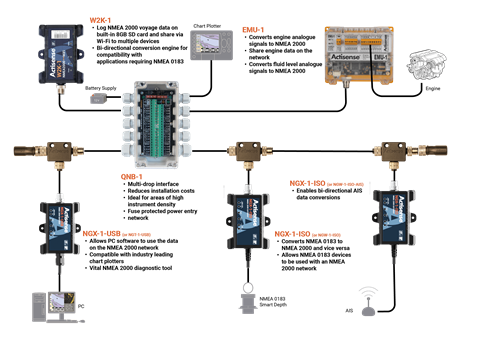
Bridges can overcome some network limitations; however, this makes for a more technical subject that will be covered in a future article on the Actisense website.
3. Termination
Correctly terminating a network is something often forgotten about or missed. A 120 Ohm ¼W terminator should be at either end of the backbone. Terminators limit and prevent signal reflection, which can cause data and communication issues on the network.
Sometimes the installation of a terminator on a sailing boat can be a bit of a challenge as the backbone has to run up the mast. These areas are limited in space, awkward and not always reachable. To overcome this, an inline terminator can replace the standard ‘end of network’ terminator.
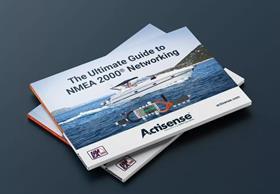
To read more, see the Actisense article on The basics of building and testing your NMEA 2000 Network. Or download it as a NMEA 2000 eBook here.
This article is one of a series from the Actisense NMEA Talk library.
External links
We are not responsible for the content of external sitesReference
* The National Marine Electronics Association (NMEA) is a worldwide, member-based trade organization committed to enhancing the technology and safety of electronics used in marine applications, focused on marine electronics interface standards, marine electronics installer training and the profitability of its members.
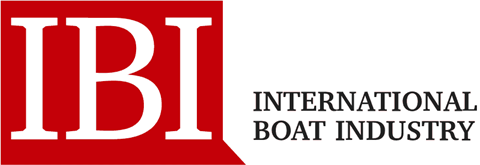
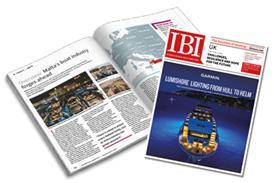
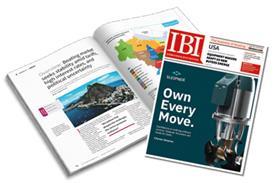
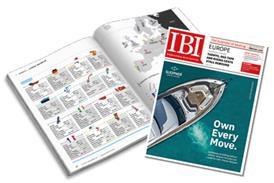

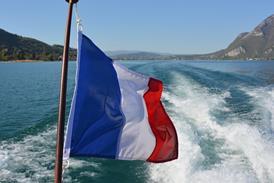

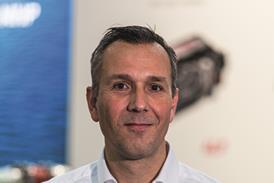

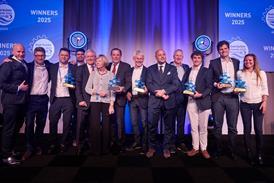
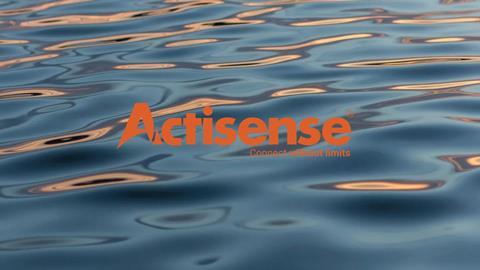
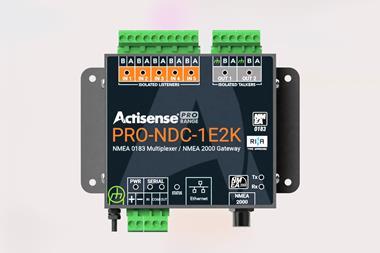

![Actisensen EMU-1 [ISO] CMYK](https://d1ajyvl96t5n4x.cloudfront.net/Pictures/380x253/5/2/6/41526_actisensenemu1isocmyk_637224_crop.jpg)



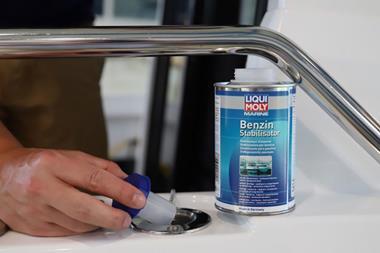

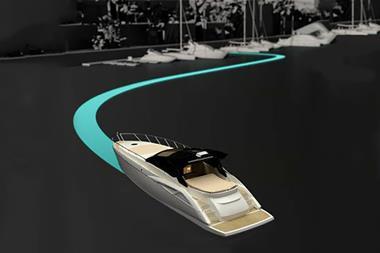
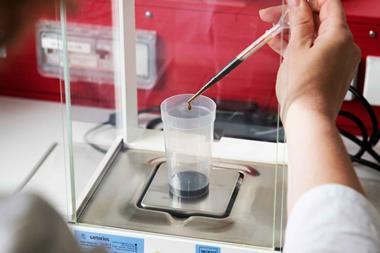
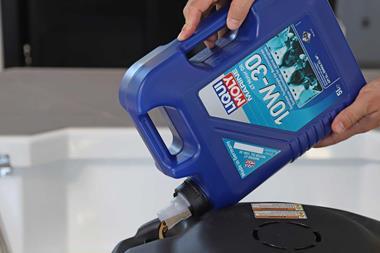
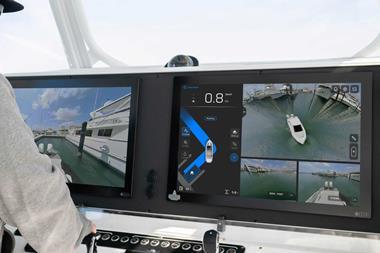
 LinkedIn
LinkedIn X / Twitter
X / Twitter Facebook
Facebook Email us
Email us




